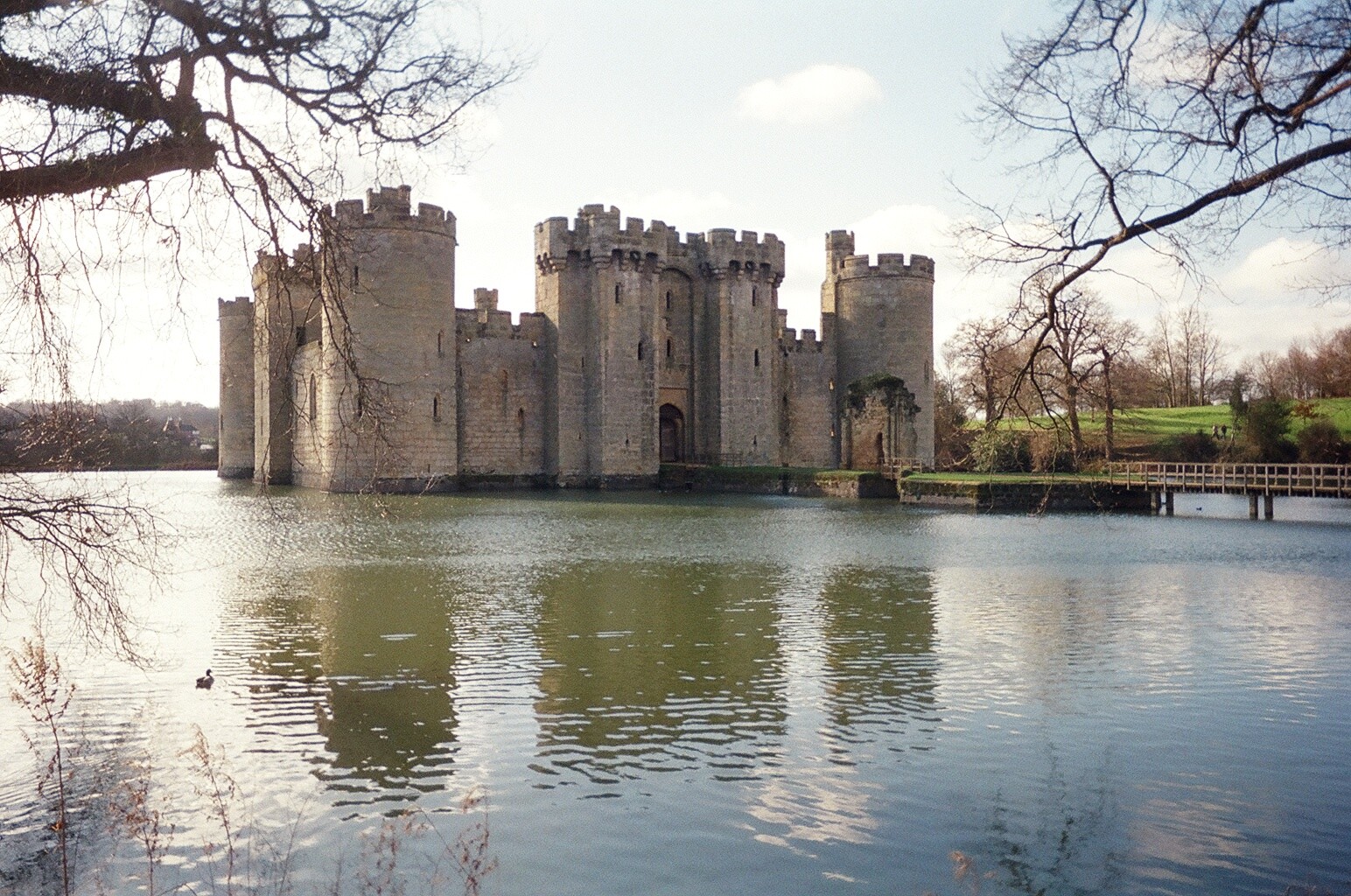 Spiro Kostof (1936-1991)
Spiro Kostof (1936-1991)Spiro Kostof was and still is a significant part on how architectual history is studied. As a professor at University of California, Berkeley, he studied the social, cultural, political, and physical links between buildings instead of concentrating on "sequence of style"
[1]. After studying at Instanbul's Robert College in his home country of Turkey, he attended Yale University for graduate work in architectual history.
Along with hosting a series on PBS called "America by Design", he wrote several books; including the textbook published in 1985,
History of Architecture: Settings and Rituals that we use in our class today
. Others include:
The Architect: Chapters in the History of the Profession (1977
),
America by Design (1987),
The City Shaped: Urban Patterns and Meanings (1991),
and
The City Assembled: Elements of Urban Form through History (1992). As you can see, Kostof focused on urban design later in his career.
Kostof was diagnosed with cancer in 1991. In his final months, he finished up his final book,
The City Assembled, written in it describes his view on how cities "live":
"... Cities are live, changing things -- not hard artifacts in need of prettification and calculated revision. Cities are never still; they resist efforts to make neat sense of them. We need to respect their rhythms and t recognize that the life of city form must lie loosely somehwere between total control and total freedom of action. Between conservation and process, process must have the final word. In the end, urban truth is in the flow." (pg 305)
[2]Sources: http://en.wikipedia.org/wiki/Spiro_Kostof, Foreward to The Architect, Spiro Kostof
 St. Tromine -- Arles, France -- 1170
St. Tromine -- Arles, France -- 1170

 Michelangelo (Orange, personal favorite) -- Leornardo (Blue) -- Donatello (Purple) -- Raphael (Red)
Michelangelo (Orange, personal favorite) -- Leornardo (Blue) -- Donatello (Purple) -- Raphael (Red) The Dark Ages. We merely mentioned it in class. Since I am a "Monty Python and the Holy Grail" fan, we have to look deeper. There are many castles that make appearances in the film made in 1975 by the absurdly hilarious brits, John Cleese, Eric Idle, et. al. In the "Tale of Sir Lancelot" segment, a king and his castle are depicted at the real-life Bodiam Castle in Kent.
The Dark Ages. We merely mentioned it in class. Since I am a "Monty Python and the Holy Grail" fan, we have to look deeper. There are many castles that make appearances in the film made in 1975 by the absurdly hilarious brits, John Cleese, Eric Idle, et. al. In the "Tale of Sir Lancelot" segment, a king and his castle are depicted at the real-life Bodiam Castle in Kent.
